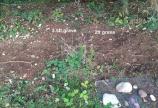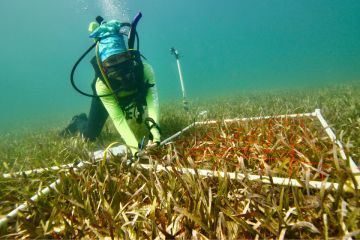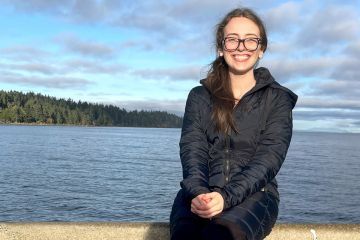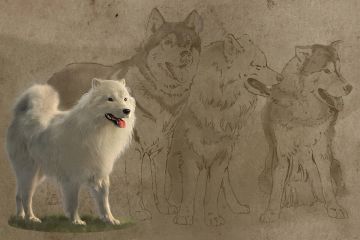Studies in shallow graves
- Anne MacLaurin

Forensic anthropology course conducts in-death investigations
All jokes about popular TV shows like Sherlock and CSI aside, real-world forensic anthropologists who assist in identifying and locating of missing persons share a desire for problem solving, critical thinking and a deep curiosity. Stephanie Calce’s forensic anthropology class exposes students to the huge field of forensic science through hands-on projects that allow students to define a problem, generate research questions, formulate a methodology and collect and analyze data.
Calce says, “the best way to learn about forensic anthropology is to do forensic anthropology.” For 12 weeks, the class of 28 students broke into groups and chose a project together. Each group of three students chose an experiment that they would ultimately present in front of the class and instructor. Since no crime scenes or conditions are exactly the same, the results of such experiments are always novel which really gives students something to be excited about, says Calce.
Each member of the DNA Degradation group—Lindsey, Mariel, Cianan—had a different topic in mind, “Lindsay wanted to study decomposition, Cianan was interested in testing different taphonomic conditions, while Mariel was really intrigued by identification through DNA testing.”
The DNA group had to study up on how DNA extraction works. Since neither of the students had much experience in a laboratory setting, they turned to Kim Curry, senior biology lab instructor in UVic’s Department of Biology.
“I think we really owe a big thanks to Kim Curry because without her lending us her time and knowledge this project wouldn’t have been possible,” says Lindsey. “She really allowed us to be independent and made sure we understood each step of the DNA extraction process.”
“It was an unexpected collaboration,” says Calce, “I think interdisciplinary work at UVic is highly dynamic and the students did a wonderful job of reaching out to the biology department.”
Once the DNA group understood how DNA extraction worked they could apply it to their own experiment. They looked at how different burial depths affected the degradation of DNA. The deeper the burial the more damaged the DNA.
“It’s not a job for everyone but it is crucial in apprehending perpetrators as well as giving families closure,” says Cianan.
A career in forensic science may not be for everyone agrees Calce, but she thinks it is important to expose students to the broad scope of careers that include scene consultants such as entomologists, or anthropologists, but also medical examiners or pathologists, lab technicians who process DNA, toxicologists, or technicians who examine ballistic evidence.
“I am so fortunate to have had such great teachers and mentors in my career,” says Calce, “I look forward to training the next generation of students who may carry on this work.”
Photos
In this story
Keywords: anthropology, student life, field schools, interdisciplinary, biology







